17 Mistakes That Make Antiques Look Cheap, According To Design Experts
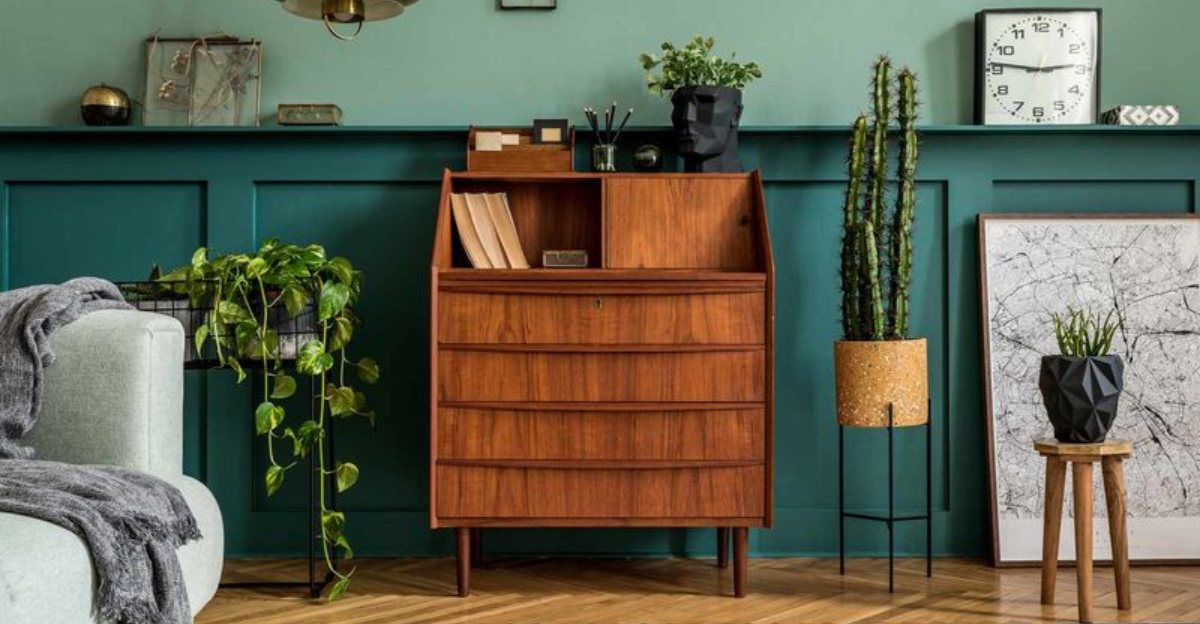
Antiques can add elegance and character to any home, but displaying them incorrectly might actually diminish their value and appeal.
Even the most beautiful vintage pieces can look tacky or worthless when presented poorly. Design experts have identified common mistakes that can make your treasured heirlooms and collectibles appear cheap rather than chic.
1. Pairing With Mass-Produced Furniture
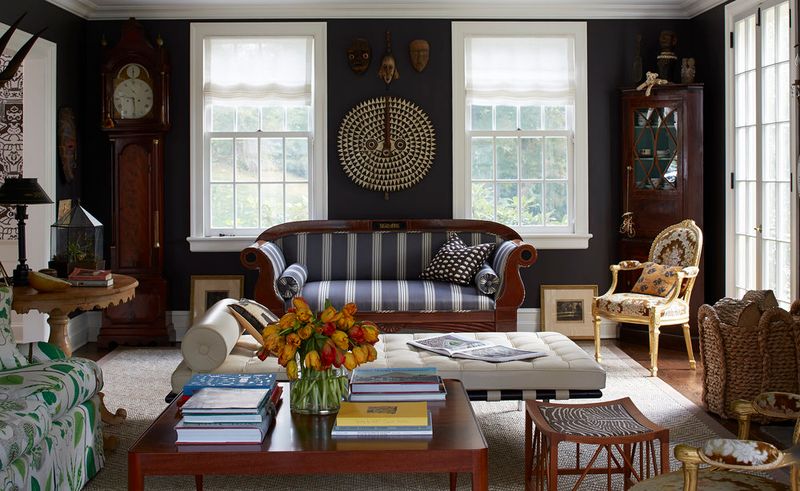
Quality antiques lose their charm when surrounded by cookie-cutter furniture from big box stores. The contrast highlights manufacturing differences in an unflattering way.
Instead, mix antiques with thoughtfully selected contemporary pieces that complement rather than compete. Even modern items should have similar quality standards to maintain the dignified presence your antiques deserve.
2. Using Harsh Overhead Lighting
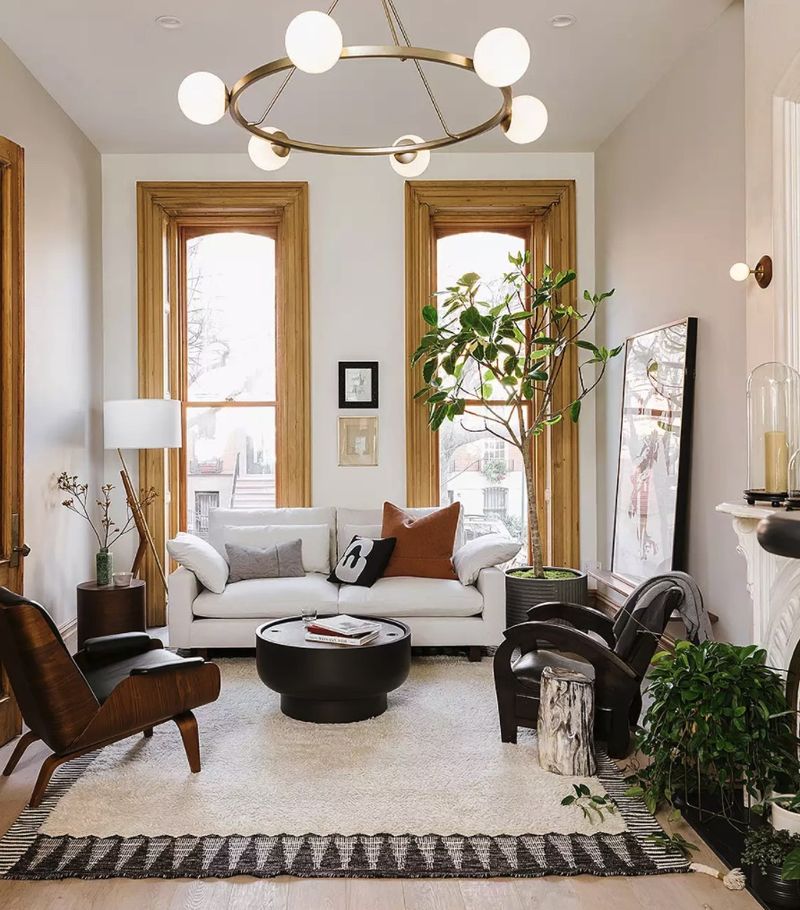
Bright, unflattering overhead lights cast harsh shadows that emphasize imperfections in antique pieces rather than highlighting their craftsmanship and character.
Soft, layered lighting with wall sconces, table lamps, or picture lights creates a warm glow that enhances the rich patina and intricate details of vintage items. Ambient lighting transforms antiques from merely old to genuinely elegant.
3. Ignoring Proper Restoration Techniques

Amateur repair attempts using inappropriate materials can permanently damage antiques. Duct tape, super glue, or mismatched screws scream “quick fix” rather than careful preservation.
Professional restoration maintains authenticity while addressing structural issues. Patience pays off—taking time to research period-appropriate techniques or consulting experts ensures your pieces retain both integrity and value.
4. Painting Over Original Finishes
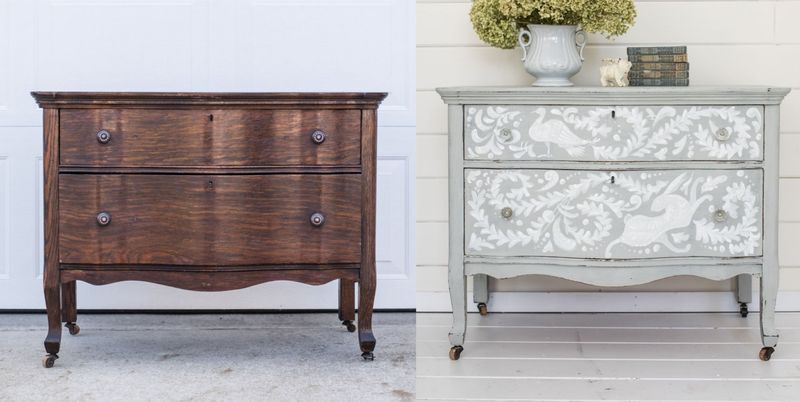
Nothing makes collectors cringe faster than discovering a rare mahogany dresser slathered in chalk paint! Original finishes develop character over decades that can’t be replicated with modern treatments.
While some pieces might benefit from thoughtful refinishing, preserving original patina maintains authenticity. Before grabbing that paintbrush, research your piece’s history—what seems dated might actually be valuable in its original state.
5. Mixing Too Many Eras In One Room
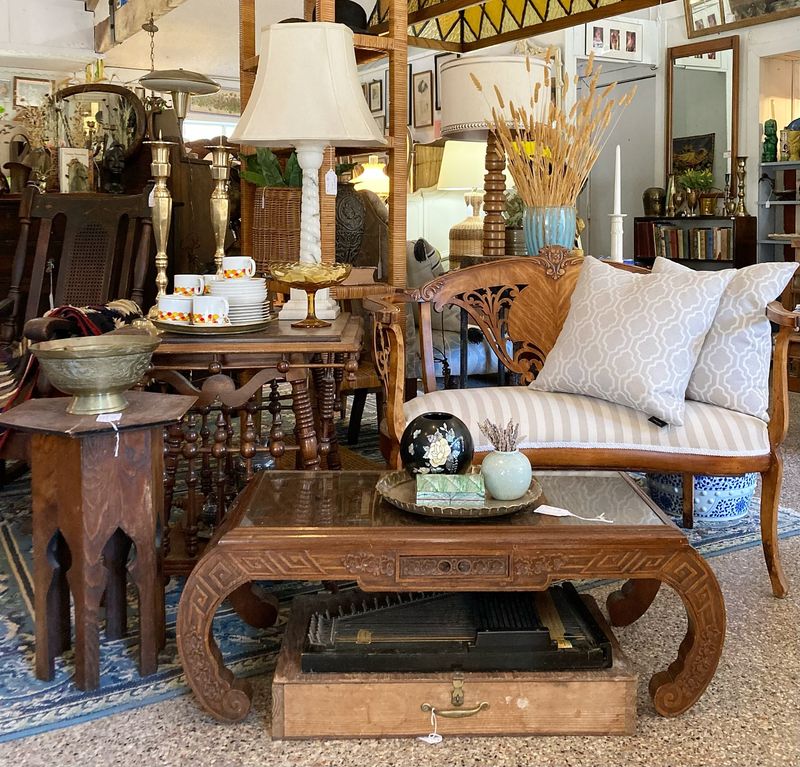
Jumbling Victorian, Art Deco, Mid-Century and Colonial pieces creates visual chaos rather than curated elegance. Without thoughtful arrangement, even valuable pieces look like random flea market finds.
Successful eclectic styling requires understanding design periods and finding connecting elements. Look for complementary shapes, materials, or colors to create harmony. Limiting to 2-3 eras per room creates a more sophisticated, intentional aesthetic.
6. Cluttering With Excess Decor

Piling trinkets atop beautiful antique surfaces prevents appreciation of craftsmanship. When every inch holds knickknacks, individual pieces lose impact and the overall effect resembles a disorganized curiosity shop.
Meaningful negative space allows antiques to breathe. Selecting fewer, more significant accessories creates focal points that draw attention to both the antique and its carefully chosen companions. Quality over quantity speaks volumes about sophistication.
7. Displaying In High-Traffic Messy Areas
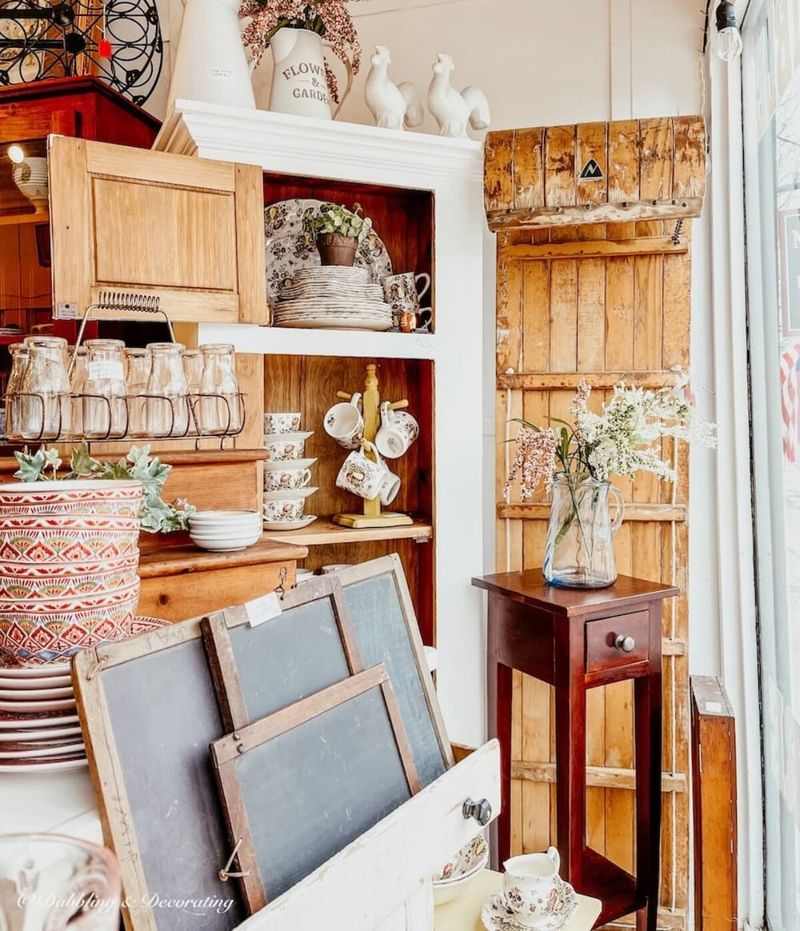
Positioning delicate antiques near doorways or kitchen counters invites disaster. Fine pieces surrounded by everyday clutter lose their special status and appear more like ordinary household items.
Creating dedicated display areas protects investments while elevating their presence. A carefully positioned antique desk or cabinet becomes a statement piece when given proper space and context away from daily household chaos.
8. Choosing The Wrong Wall Color
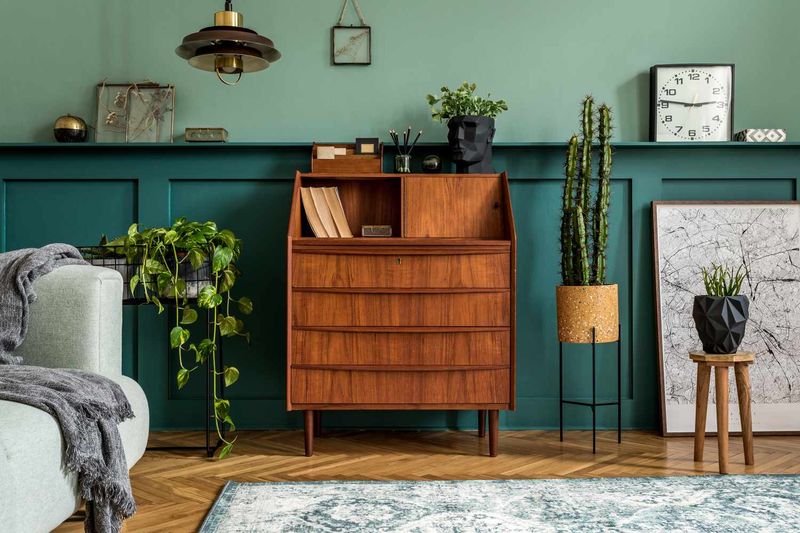
Vibrant trendy wall colors fight with antiques’ natural aging process. Ultra-modern neon or stark white backdrops create jarring contrasts that make vintage pieces look oddly out of place.
Rich, subtle wall colors complement aged patinas beautifully. Soft neutrals, muted greens, or warm terracottas create harmonious backgrounds that allow intricate details and authentic wear patterns to shine as intentional design elements.
9. Skipping Professional Cleaning
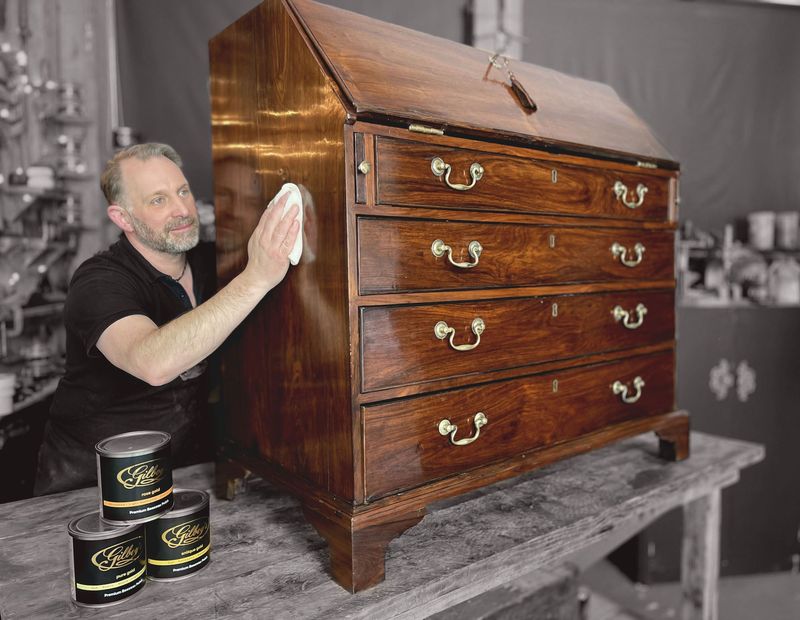
Years of improper dusting with harsh chemicals can damage delicate finishes. What appears as dirt might actually be valuable patina that tells the piece’s authentic story.
Gentle, appropriate cleaning methods preserve while enhancing. Wood, metal, porcelain, and textiles each require specific approaches—using the wrong products can permanently diminish both appearance and value. Professional conservation treatments are investments in longevity.
10. Grouping With Plastic Or Low-End Decor
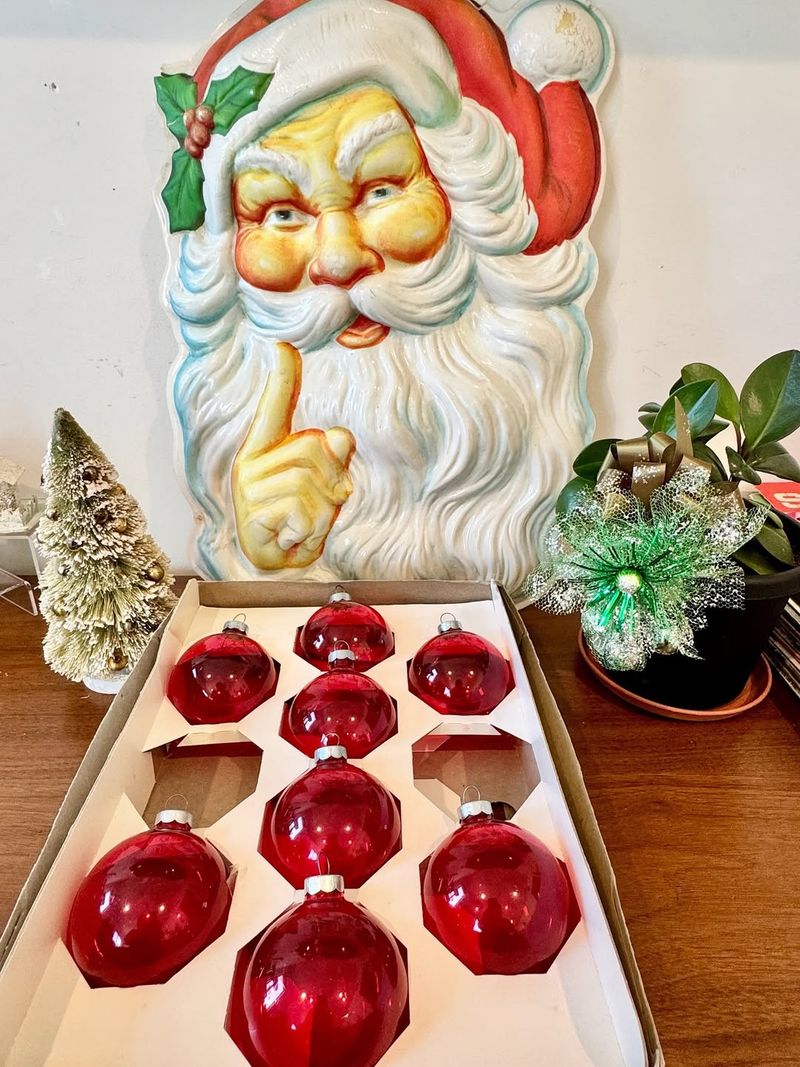
Placing dollar-store figurines alongside fine porcelain immediately cheapens the collection. Material quality matters—synthetic items create unflattering comparisons that diminish authentic pieces by association.
Maintaining material integrity throughout displays elevates everything. Natural materials like wood, metal, glass, and stone complement antiques naturally. When mixing price points, focus on consistent craftsmanship rather than just age or origin.
11. Hiding Details Under Poor Lighting
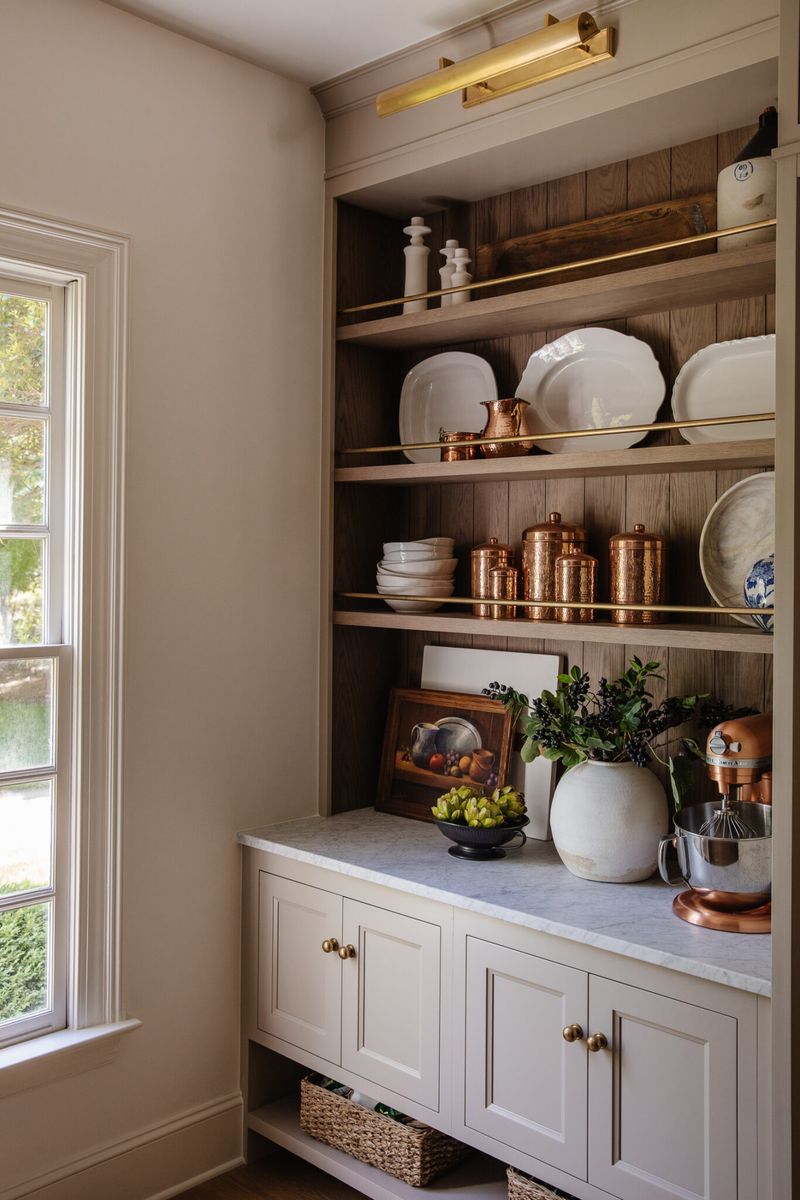
Gorgeous inlay work and hand-carved details disappear in dimly lit corners! Without proper illumination, even museum-quality pieces fade into obscurity, looking unimpressive and ordinary.
Strategic lighting transforms perception dramatically. Picture lights above paintings, small LED spots for china cabinets, and adjustable lamps near detailed furniture create dramatic highlights. Good lighting reveals craftsmanship that justifies antiques’ special status.
12. Using Modern Hardware On Antique Pieces

Slapping contemporary chrome handles onto a 19th-century oak dresser creates jarring visual disconnects. Mismatched hardware immediately signals careless restoration and compromises authenticity.
Period-appropriate hardware completes the historical narrative. Reproductions of original pulls, hinges, and knobs are widely available. When original hardware is missing, researching appropriate replacements maintains design integrity and enhances value rather than diminishing it.
13. Over-Polishing Or Stripping Patina
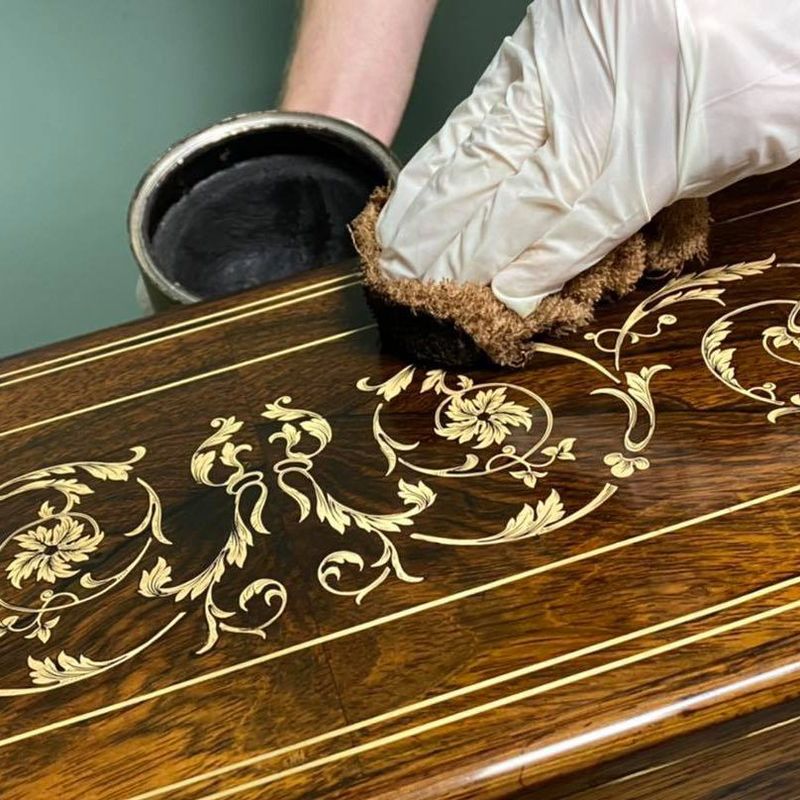
Aggressive sanding and stripping removes the very evidence of age that makes antiques special! Overzealous cleaning eliminates the natural aging that collectors prize, leaving pieces looking suspiciously new.
Patina tells stories of genuine history and use. Light cleaning that preserves the gentle wear patterns, color variations, and subtle aging maintains authenticity. Natural oxidation of metals and wood develops over decades—once removed, it’s gone forever.
14. Letting Dust And Grime Accumulate

Neglect is never elegant! Cobwebs in carved details and sticky residue on surfaces signal carelessness rather than careful preservation, making even valuable pieces look abandoned.
Regular, gentle maintenance preserves beauty without damage. Soft microfiber cloths, appropriate dusters for delicate surfaces, and scheduled cleaning routines prevent build-up that can eventually require harsh treatments. Proper care demonstrates understanding of an antique’s true worth.
15. Placing On Wobbly Or Inappropriate Surfaces
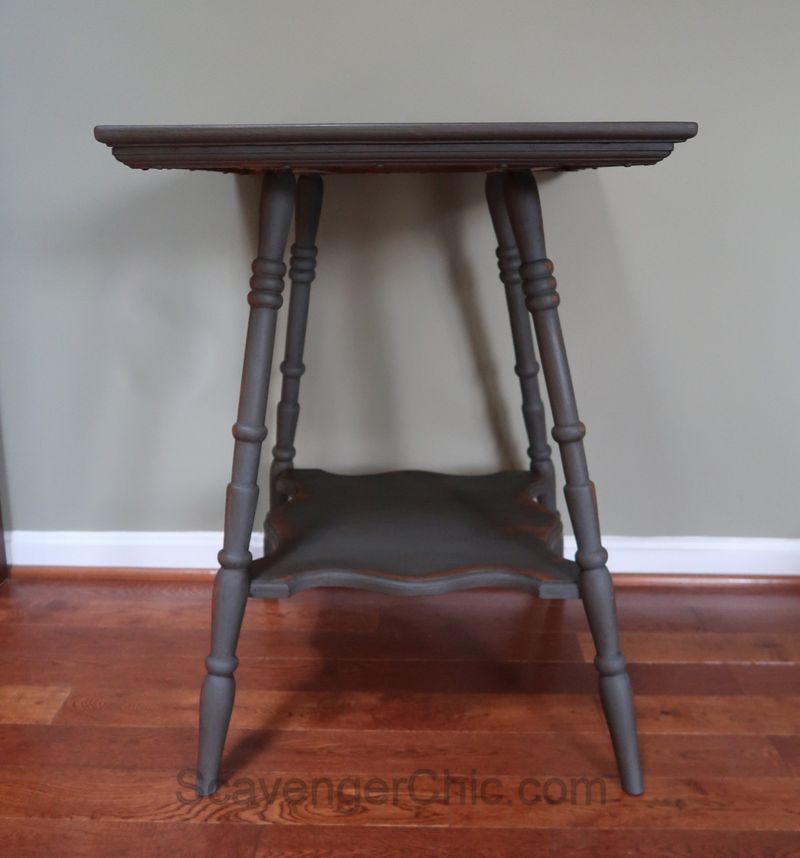
Antique vases teetering on uneven tables or fine china displayed on flimsy shelving create anxiety rather than admiration! Unstable presentations suggest carelessness about valuable possessions.
Proper support communicates proper valuation. Level, sturdy surfaces appropriate to the weight and size of antiques prevent damage while enhancing presentation. Stability isn’t just practical—it’s a visual cue that signals respect for heritage pieces.
16. Hanging Art Too High Above Antiques
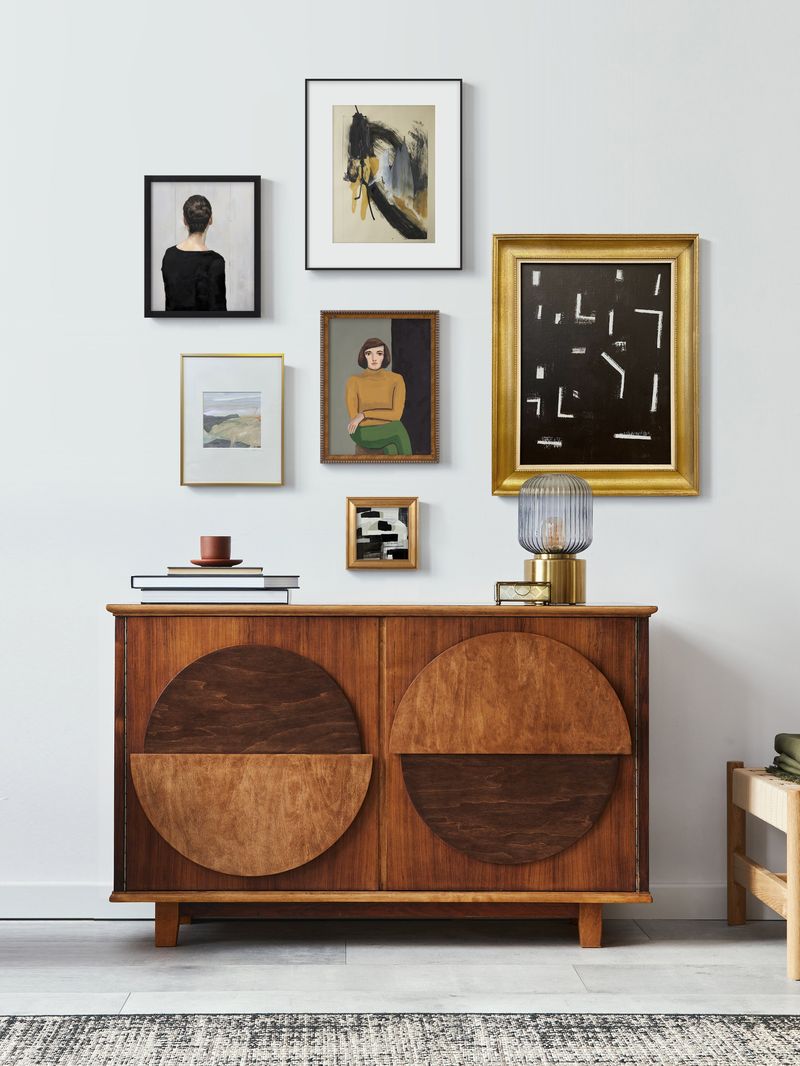
Floating artwork several feet above furniture creates disconnected, awkward arrangements. When art and antiques don’t visually connect, the entire composition feels random rather than intentional.
Properly scaled arrangements create cohesive vignettes. Artwork should relate directly to furniture below it—generally hanging 4-8 inches above pieces rather than floating near the ceiling. Creating visual connections between elements transforms individual antiques into sophisticated design statements.
17. Ignoring Scale And Proportion
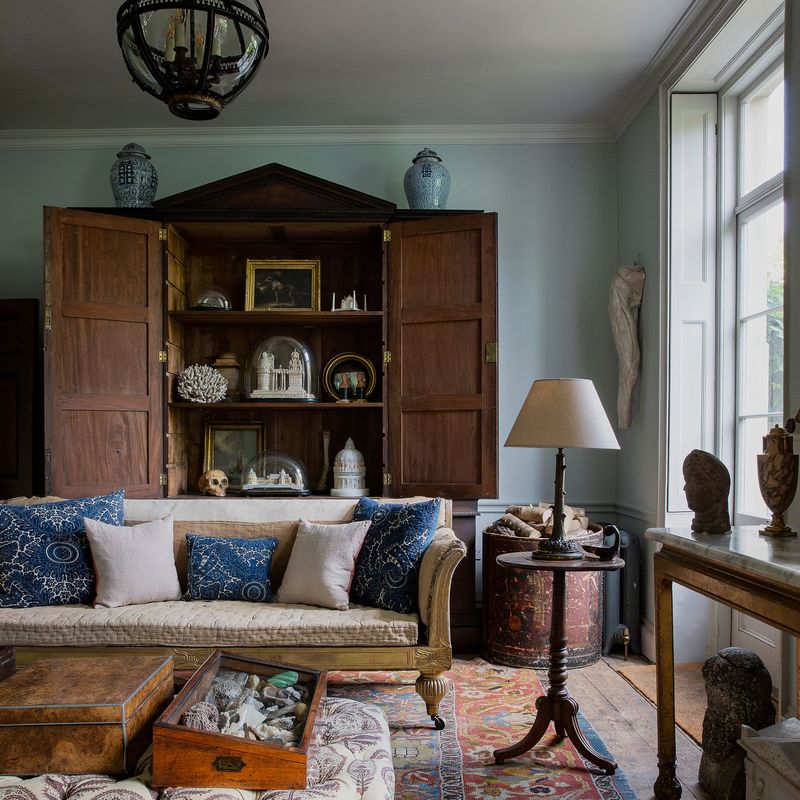
Massive armoires overwhelm tiny rooms while delicate tea tables get lost in grand spaces. When antiques are dramatically mismatched to their surroundings, they appear out of place rather than purposefully selected.
Proportion creates visual harmony that enhances perceived value. Measuring spaces carefully before selecting antiques ensures appropriate scale relationships. Sometimes the most valuable piece isn’t right for a particular room—better to showcase it where proportions work than force awkward arrangements.
